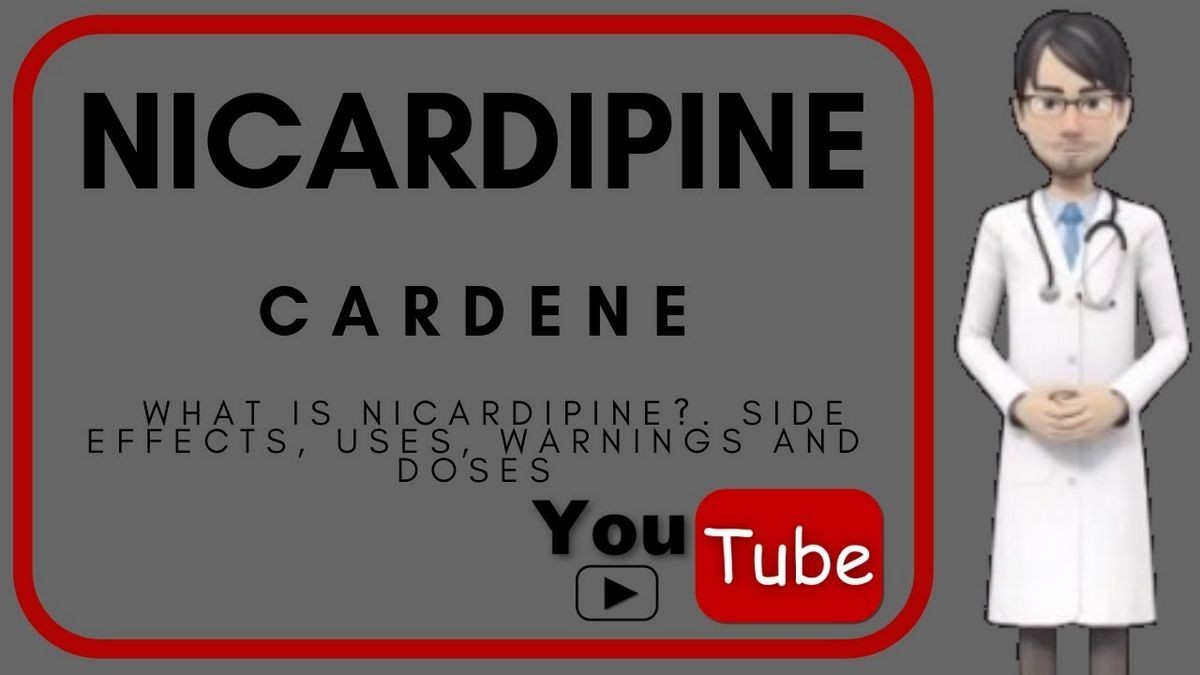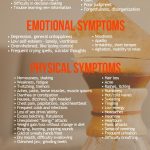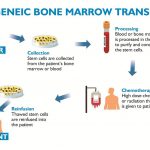
Contents
Side Effects of Cardene (nicardipine)
The heart needs oxygen to pump blood. The harder the heart works, the more oxygen it requires.
Angina (heart pain) occurs when the heart doesn’t get enough oxygen for the amount of work it does. Calcium channel blockers like Cardene dilate the arteries, reducing pressure and making it easier for the heart to pump blood. This means the heart needs less oxygen. Calcium channel blockers also relieve or prevent angina by decreasing the heart’s need for oxygen.
Calcium channel blockers can also treat high blood pressure and certain types of rapid heart rhythms by reducing the excitability of the heart muscle.
Common side effects of Cardene include:
Serious side effects of Cardene include:
- fainting,
- overgrowth of the gums,
- rash,
- increased heart rate due to a drop in blood pressure,
- increased frequency and duration of angina, and
- excessively low blood pressure in rare instances, especially during initiation of treatment or following adjustments of dosage.
Cardene may interact with rifampin, phenobarbital, phenytoin, oxcarbazepine, and carbamazepine, which can lower blood levels of Cardene by increasing its metabolism in the liver.
- Itraconazole, ketoconazole, or clarithromycin may increase blood levels of Cardene by reducing its breakdown in the liver and lead to toxicity.
- Co-administration of Cardene and cyclosporine results in increased cyclosporine blood levels.
There are no adequate studies of Cardene in pregnant women; Cardene has been used to treat high blood pressure of preeclampsia during the third trimester.
Animal studies show Cardene is secreted in breast milk, so it should be avoided by breastfeeding mothers.
What are the side effects of Cardene (nicardipine)?
Side effects include:
- swelling of the feet (edema),
- dizziness,
- headaches,
- flushing,
- palpitations,
- nausea.
Fainting, overgrowth of the gums, and rash also may occur. It may increase heart rate due to a drop in blood pressure. Nicardipine sometimes causes an increase in the frequency and duration of angina.
The reason for this side effect is not clearly understood. Excessively low blood pressure can occur in rare instances, especially during initiation of treatment or following adjustments of dosage.
Cardene (nicardipine) side effects list for healthcare professionals
In multiple-dose US and foreign controlled studies, 667 patients received Cardene SR. Adverse events occurred in about 9% of patients, but were generally not serious.
Hypertension
The following adverse events occurred in 0.6% of patients or more on Cardene SR:
These events were probably drug-related. The only dose-related effect was pedal edema.
Percentage of Patients With Probably Drug Related Adverse Events in Placebo-Controlled Studies
| Adverse Event | Cardene SR (n=322) | Placebo (n=140) |
| Headache | 6.2 | 7.1 |
| Pedal Edema | 5.9 | 1.4 |
| Vasodilatation | 4.7 | 1.4 |
| Palpitation | 2.8 | 1.4 |
| Nausea | 1.9 | 0.7 |
| Dizziness | 1.6 | 0.7 |
| Asthenia | 0.9 | 0.7 |
| Postural Hypotension | 0.9 | 0 |
| Increased UrinaryFrequency | 0.6 | 0 |
| Pain | 0.6 | 0 |
| Rash | 0.6 | 0 |
| Sweating Increased | 0.6 | 0 |
| Vomiting | 0.6 | 0 |
Incidence (%) of Discontinuations Due to Any Adverse Event in Placebo-Controlled Studies
| Adverse Event | Cardene SR (n=322) | Placebo (n=140) |
| Headache | 2.5 | 1.4 |
| Palpitation | 2.2 | 0.7 |
| Dizziness | 1.9 | 0.7 |
| Asthenia | 1.9 | 0 |
| Pedal Edema | 1.2 | 0 |
| Nausea | 1.2 | 0 |
| Rash | 0.9 | 0.7 |
| Diarrhea | 0.9 | 0 |
| Tachycardia | 0.9 | 0 |
| Blurred Vision | 0.6 | 0 |
| Chest Pain | 0.6 | 0 |
| Face Edema | 0.6 | 0 |
| Myocardial Infarct | 0.6 | 0 |
| Vasodilatation | 0.6 | 0 |
| Vomiting | 0.6 | 0 |
Uncontrolled experience in over 300 patients with hypertension treated for up to 27.5 months with Cardene SR has shown no unexpected adverse events or increase in incidence of adverse events compared to the controlled clinical trials.
Rare Events
Rare adverse events reported in clinical trials or literature include:
Body as a Whole: infection, allergic reaction
Cardiovascular: hypotension, atypical chest pain, peripheral vascular disorder, ventricular extrasystoles, ventricular tachycardia, angina pectoris
Digestive: sore throat, abnormal liver chemistries
Special Senses: tinnitus, abnormal vision, blurred vision
Angina
Data from 91 patients with chronic stable angina pectoris who received Cardene SR 30 to 60 mg twice daily showed that the most frequently reported adverse events probably related to Cardene SR were:
- vasodilatation (5.5%),
- pedal edema (4.4%),
- asthenia (4.4%), and
- dizziness (3.3%).
What drugs interact with Cardene (nicardipine)?
Beta-Blockers:
Cardene is often administered with adrenergic beta-receptor blockers and is well tolerated.
Cimetidine:
Cimetidine increases Cardene plasma levels, so monitoring is necessary when using them together.
Digoxin:
Cardene does not usually alter plasma levels of digoxin, but serum levels should be evaluated when using them together.
Fentanyl Anesthesia:
No interactions were seen during clinical studies, but increased fluid volume may be required if using beta-blockers and calcium channel blockers together during fentanyl anesthesia.
Cyclosporine:
Concomitant administration of nicardipine and cyclosporine results in elevated plasma cyclosporine levels, so cyclosporine dosage should be adjusted accordingly.
When therapeutic concentrations of furosemide, propranolol, dipyridamole, warfarin, quinidine, or naproxen were added to human plasma, Cardene’s plasma protein binding was not altered.
Summary
Cardene (nicardipine) is a calcium channel blocker (CCB) used to treat high blood pressure (hypertension) and angina (heart pain). Common side effects of Cardene include swelling of the feet (edema), dizziness, headaches, flushing, palpitations, and nausea. There are no adequate studies of Cardene in pregnant women. Animal studies show Cardene is secreted in breast milk. Cardene should be avoided by breastfeeding mothers.


